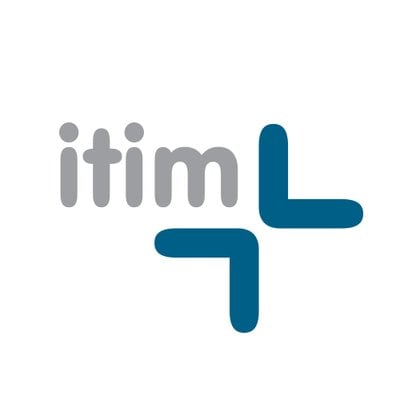Retail corridors have begun to shift their centre of gravity away from in-house might towards carefully chosen external collaborators. In an environment where every operational dollar demands maximum return, retailers are forging stealth alliances that promise to recalibrate cost structures, sharpen agility and uncover latent revenue streams, all without trumpeting a fundamental reinvention of their core business.
A nuanced collaboration with specialist providers is allowing forward-looking merchants to maintain a razor’s edge. Rather than investing capital in building payments infrastructures, digging deeper into warehousing footprints or labouring to master digital advertising algorithms, many organisations are opting to integrate best-in-class external platforms that handle these functions more efficiently. This model liberates budget and management focus for merchandising, brand storytelling and experiential initiatives, where retailers can exert the greatest strategic influence. It also equips them to pivot quickly: if a consumer segment migrates from social-media shopping to livestream commerce, a nimble plug-and-play marketing partner can deliver targeted campaigns in days instead of months.
In practice, these partnerships span the entire consumer lifecycle. At the discovery phase, retailers are collaborating with agencies and demand-side platforms that leverage advanced audience analytics to drive down the cost of attracting new shoppers, offsetting rising bid prices on established channels. This avoids the trap of having to internally staff data scientists and media buyers, while preserving the option to pivot to emerging channels as consumer preferences evolve. During product evaluation, consumers now expect a breadth of choice and reassurance through peer feedback. By listing on third-party marketplaces and deploying dedicated review-management tools, merchants can present more extensive assortments and build credibility without needing to engineer their own rating systems. This fosters deeper engagement and higher conversion rates, since nearly two-thirds of shoppers now equate customer reviews with purchase confidence.
When customers commit to buy, the integration of alternative payment rails such as digital wallets and point-of-sale financing has become table stakes. Retailers that outsource these solutions to fintech specialists report smoother checkouts and lower cart abandonment, while preserving their own capital and compliance headaches. Meanwhile, order fulfilment has become a dance of precision orchestrated by third-party logistics partners. Outsourcing storage, picking, packing and shipping allows retailers to match surges in demand, such as holiday peaks or flash sales, without the fixed costs and lead times inherent in building proprietary warehouses. This extensibility translates directly into customer satisfaction, where guaranteed delivery timelines are now a competitive differentiator.
The post-purchase journey is receiving similar treatment. Returns and customer inquiries, once costly service burdens, are now routinely outsourced to dedicated handling providers offering end-to-end returns management and multilingual contact centres. This not only streamlines operations but also elevates the overall brand experience, encouraging repeat business. Critically, the decision to outsource must be calibrated against a retailer’s own strengths; organisations that excel in proprietary technology or brand-led experiences may choose to retain control over certain functions while outsourcing others. The art lies in identifying which activities dilute strategic focus and which partnerships can enhance the customer proposition without ceding competitive advantage.
For investors, this hidden network of alliances represents a fresh lens on retail resilience. Retailers embracing modular operating models can reallocate capital from fixed assets into growth-oriented initiatives, reduce risk associated with market volatility and tap into innovation cycles of specialised vendors. This approach also fosters higher operational leverage: as sales scale, the marginal cost of maintaining a digital marketing engine or logistics network decreases when those engines are shared across multiple retailers by a single third-party expert. In aggregate, these dynamics suggest that companies willing to refine their operating mix through external partnerships may emerge with more robust margins and greater strategic optionality.
At a time when consumer behaviours pivot with unprecedented speed, the retailers harnessing these under-the-radar alliances are building a form of agility that extends well beyond mere cost-cutting. By selectively outsourcing around the edges of their businesses, they preserve focus on brand differentiation and customer intimacy, elements that remain difficult to replicate. In so doing, they create an operating model that is lean, scalable and attuned to the evolving demands of twenty-first-century shoppers.
A brief summary for investors: third-party commerce solution providers collaborate across the retail customer journey—in marketing, evaluation, purchase, fulfilment and post-purchase, to enable retailers to concentrate on core competencies, optimise capital deployment and enhance customer experiences.
itim Group plc (LON:ITIM) is a SaaS-based technology company that enables store-based retailers to optimise their businesses to improve financial performance and effectively compete with online competitors. Itim adds retail value by helping multi-channel retailers optimise their business and their stores to improve financial performance and compete more effectively with the “Amazons”.










































